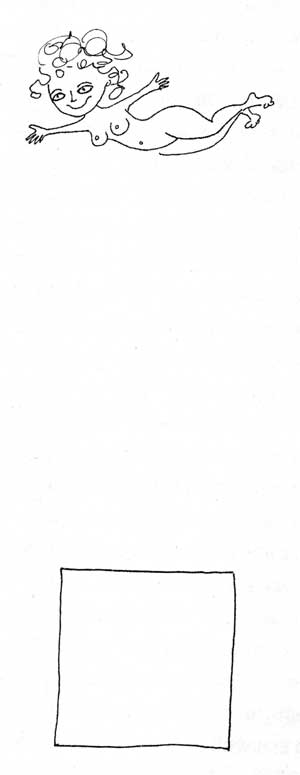“Response to my post “Bipolar Epidemic?”
I am very grateful for the thoughtful comments I have received about my small essay, “Bipolar Epidemic?” The surge in bipolar diagnoses in children is understandably a sensitive and controversial subject for many, especially those with children who are directly affected. My broader point, however—that whenever there is an explosion in a particular diagnosis, there is some cause for worry—seems not to have been fully understood. A few additional comments may help clarify what I had hoped to say before.
